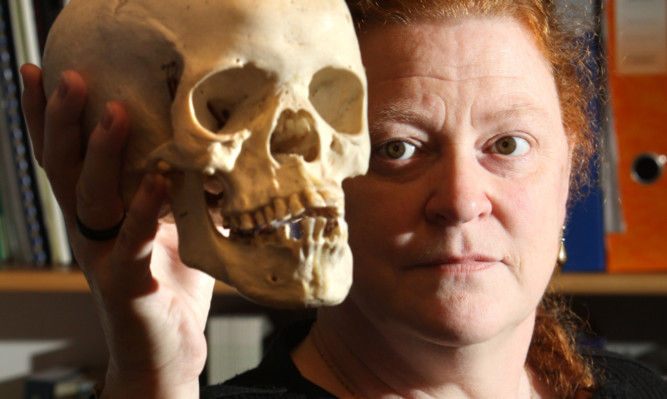Greater understanding of DNA evidence will reduce the chance of miscarriages of justice in Scotland’s courts, according to Professor Sue Black.
Dundee’s celebrated forensic expert has played a key role in creating a new series of guides that aim to ensure science is simplified for the legal profession, victims, accused, families and, vitally, jurors.
She and Dundee University colleague Niamh Nic Daeid have authored the first two “primers”, beginning with DNA evidence and analysis of how people walk.
Their purpose is to present, in plain English, an easily understood and accurate position on the scientific topics.
They are the culmination of a two-year project undertaken by the Lord Chief Justice, the Royal Society and Royal Society of Edinburgh.
Prof Black believes the guides will lead to “more sound decisions” being taken by jurors and hopes to see them being used around the world.
“It can be very difficult for the players in a court case to understand the information that is placed before them,” she said.
“Very few of us are scientists and most people will not have studied the subject since they were at school, aged 14 but we expect them to digest and understand the evidence and for jurors to use it to determine guilt.
“We first met with the Lord Chief Justice two years ago and have now produced these guides which we hope will ensure that science can be communicated in as simple a format as possible, while retaining its accuracy.
“About a year ago we staged a public event where people were invited to visit a mock crime scene and then sit on a mock jury.
“Afterwards, one woman told me she had been a juror on a very serious case and had she known what she now knew, her verdict may have been different.
“I hope that these guides will lead to a better understanding of science, more sound decisions and the right people on the right side of the bars.”
